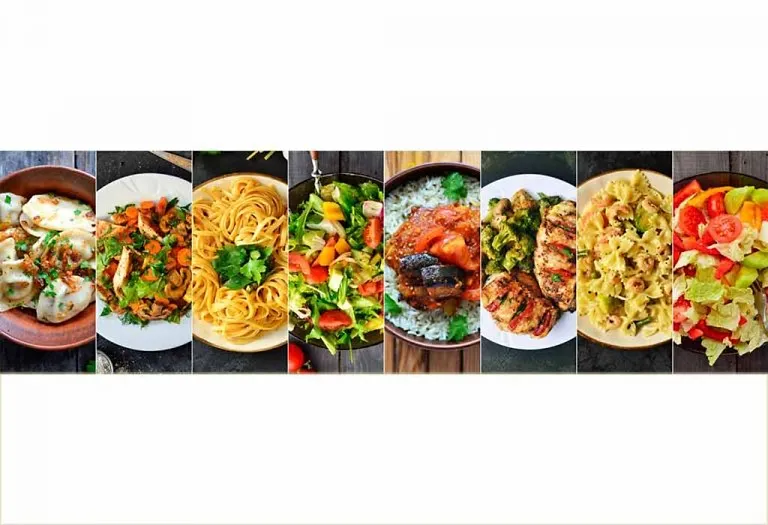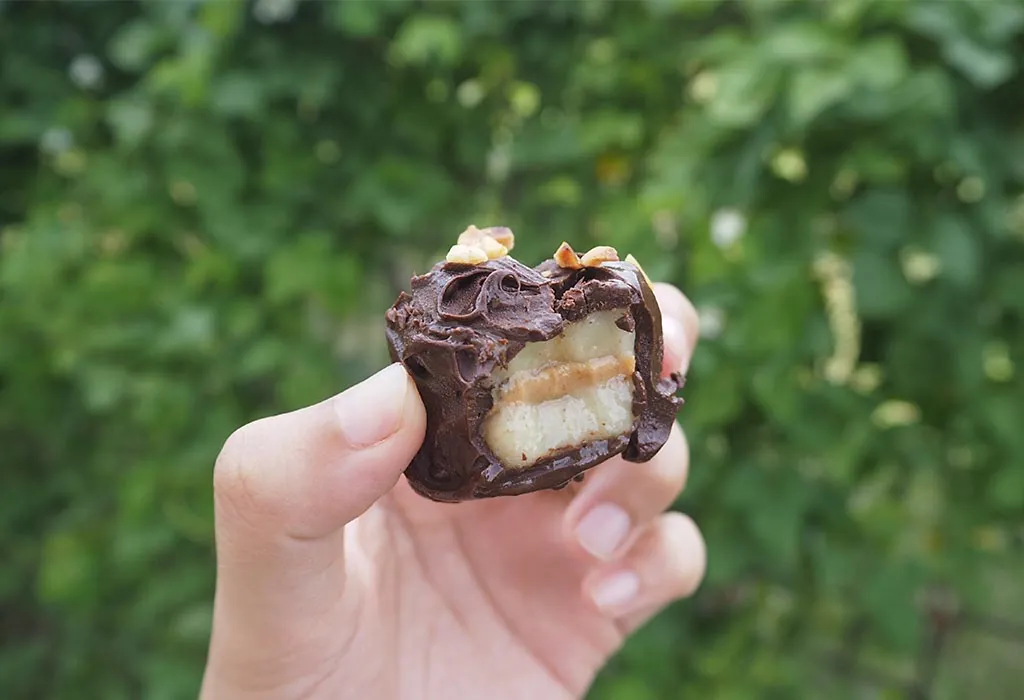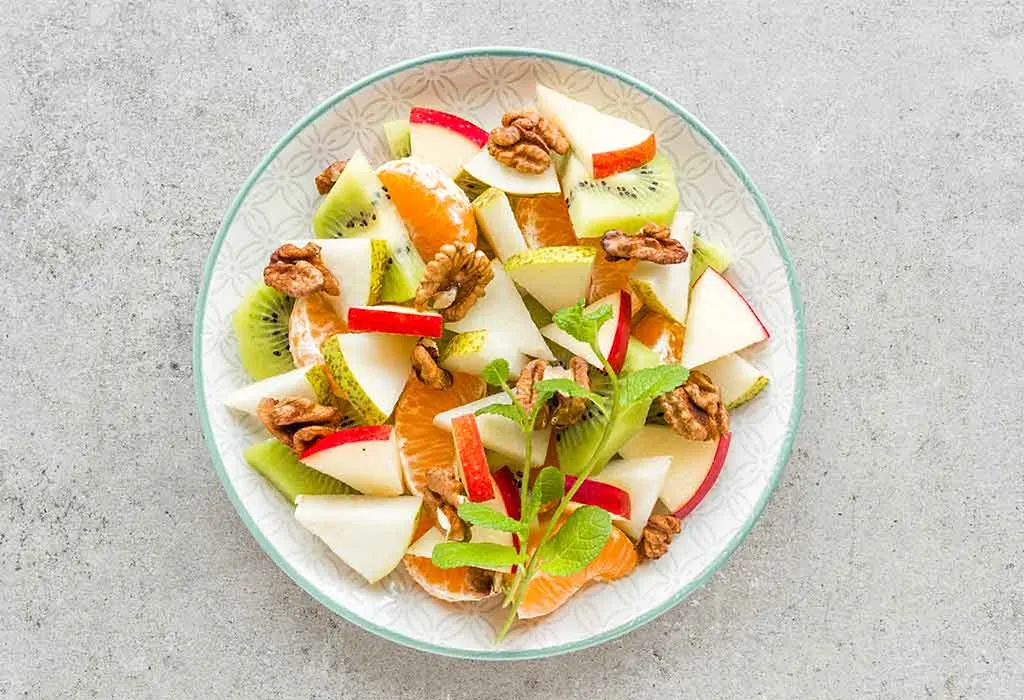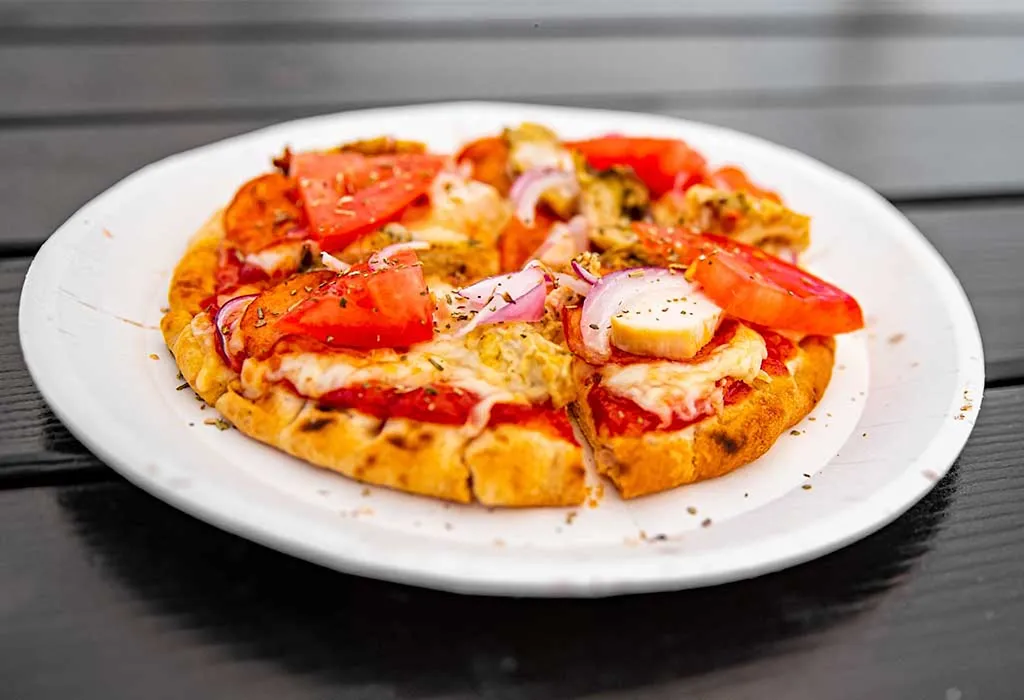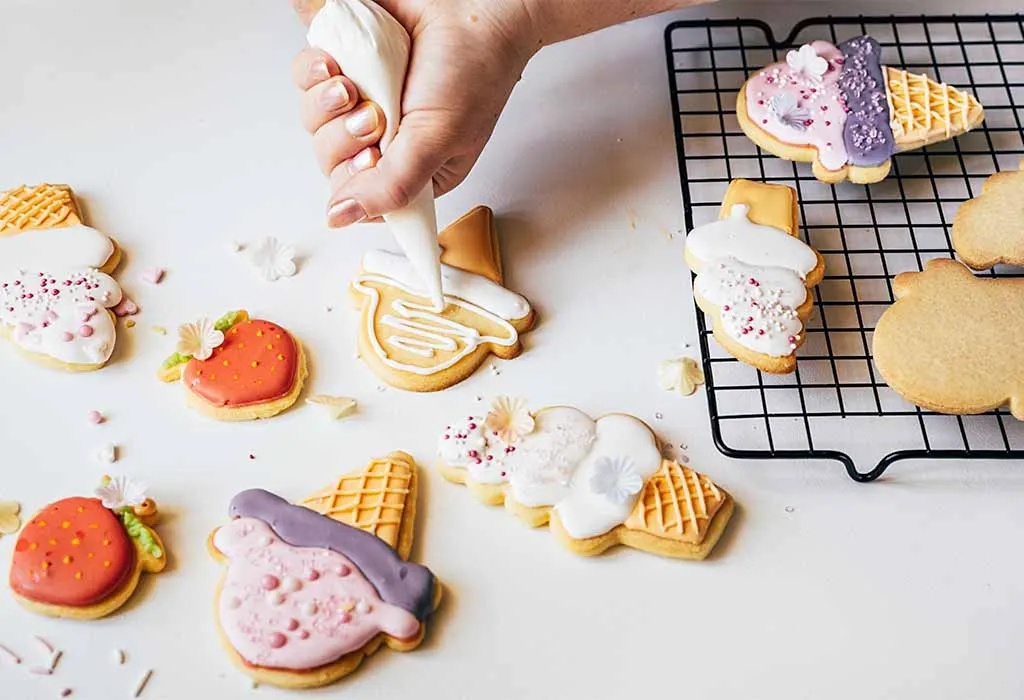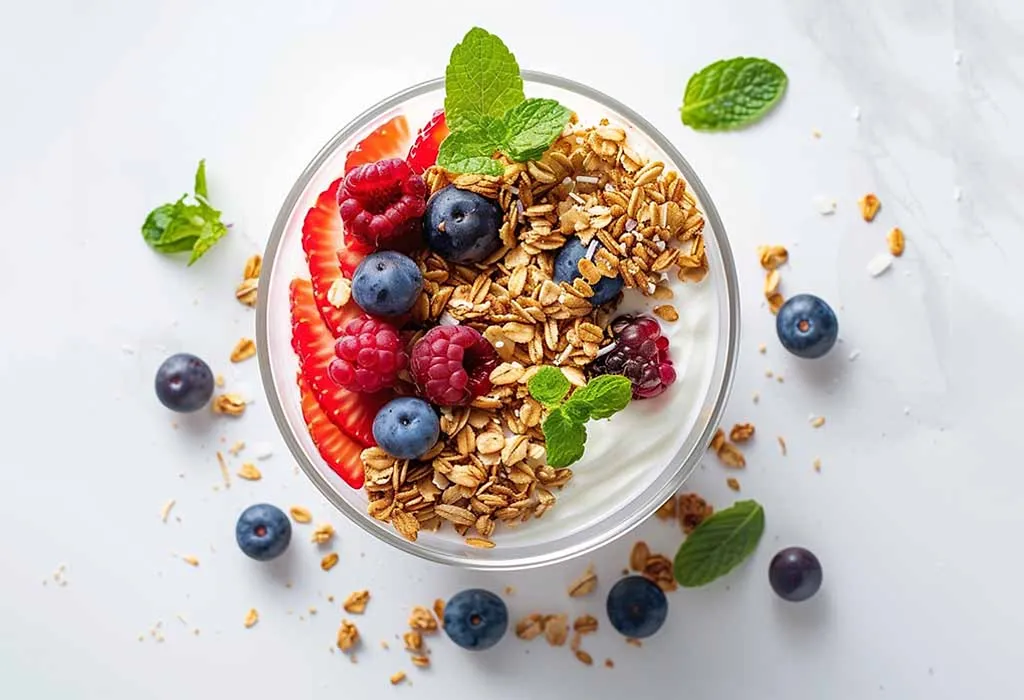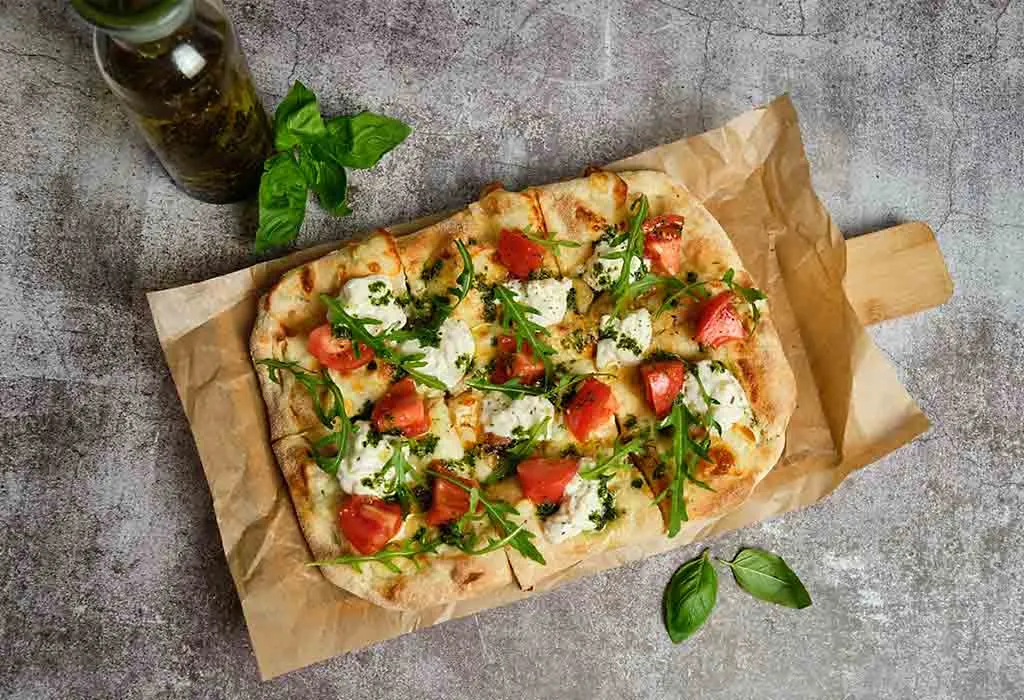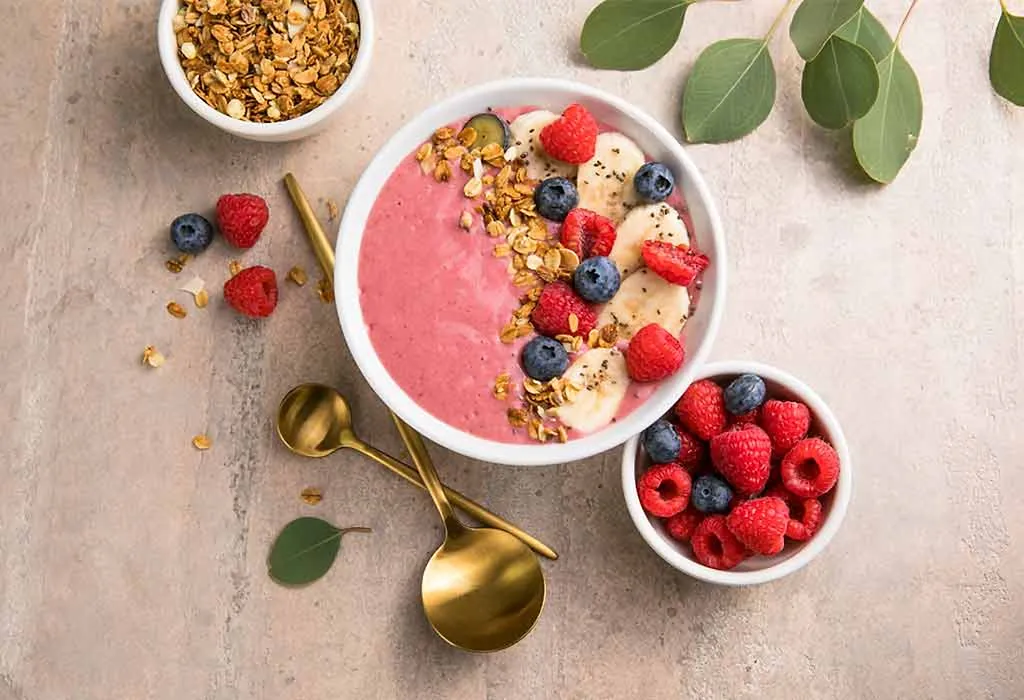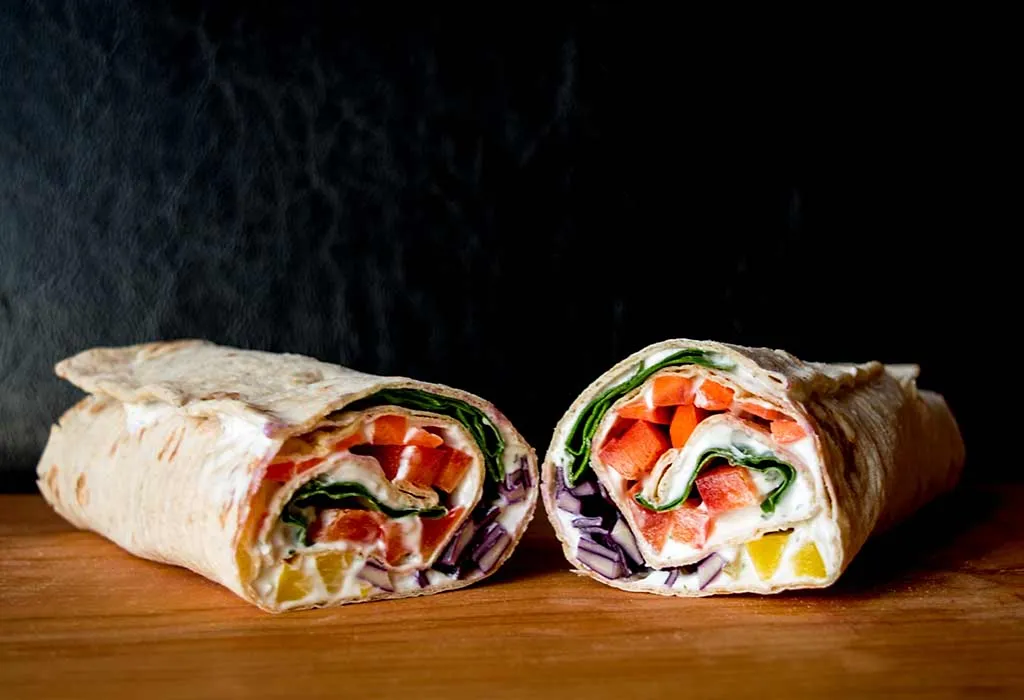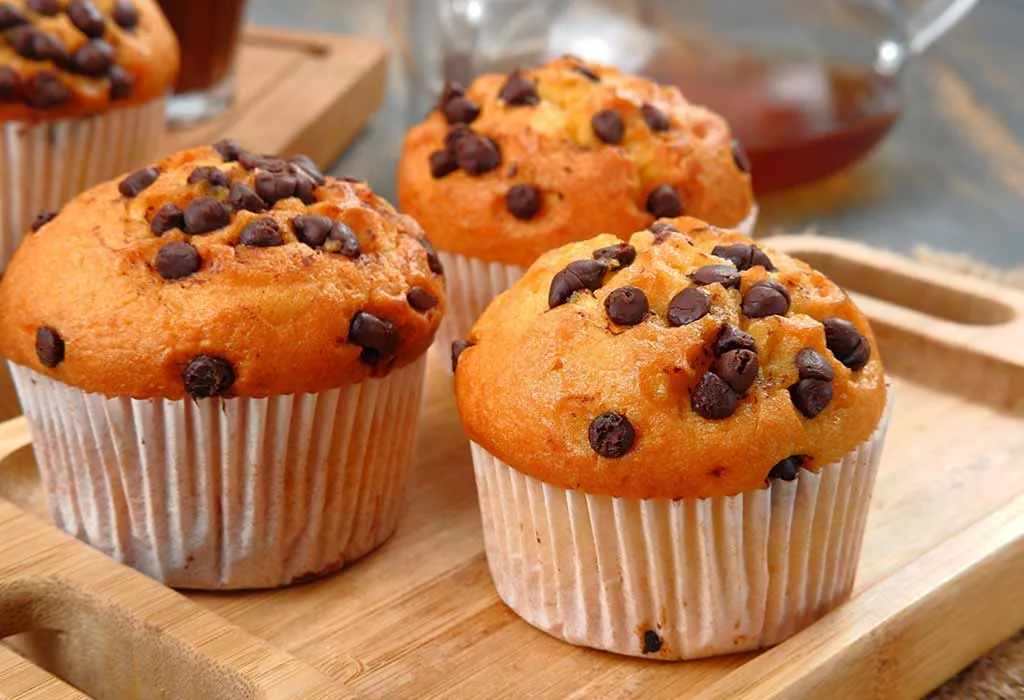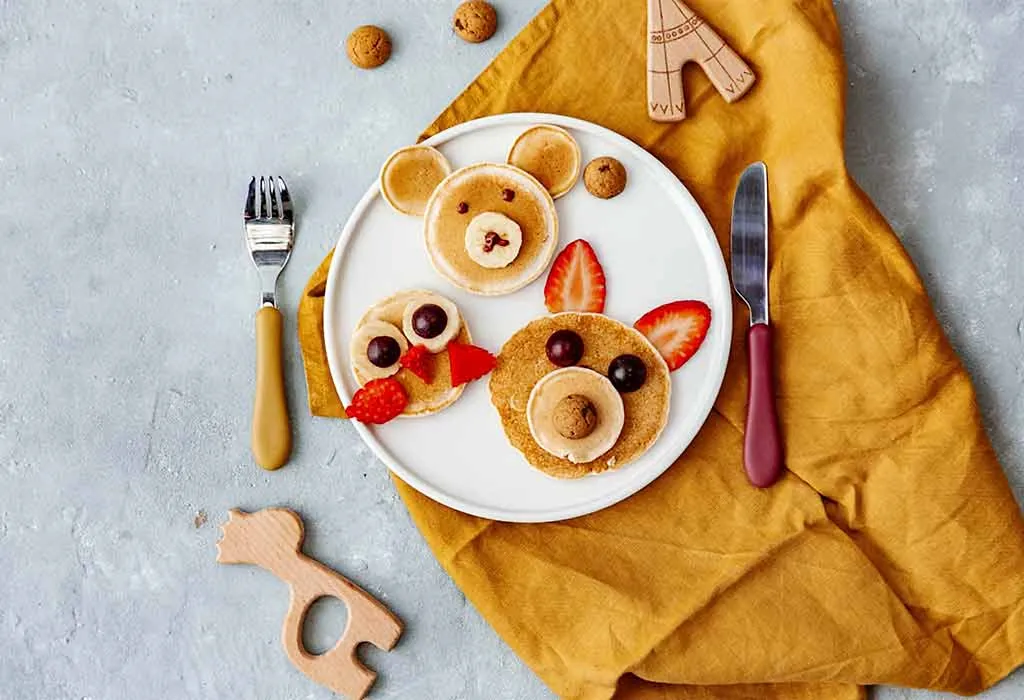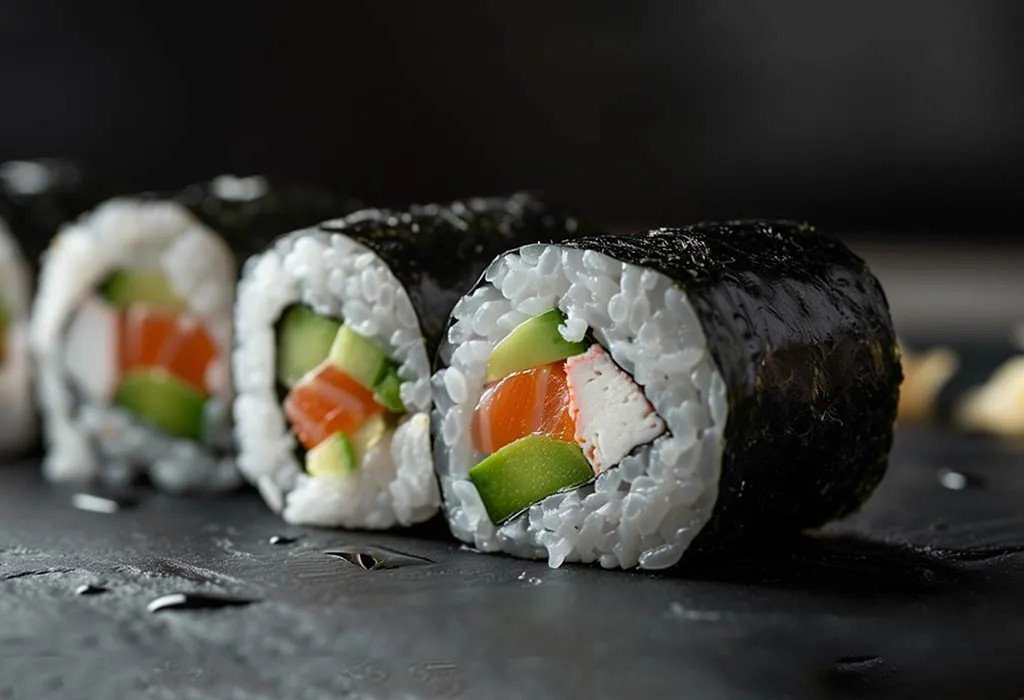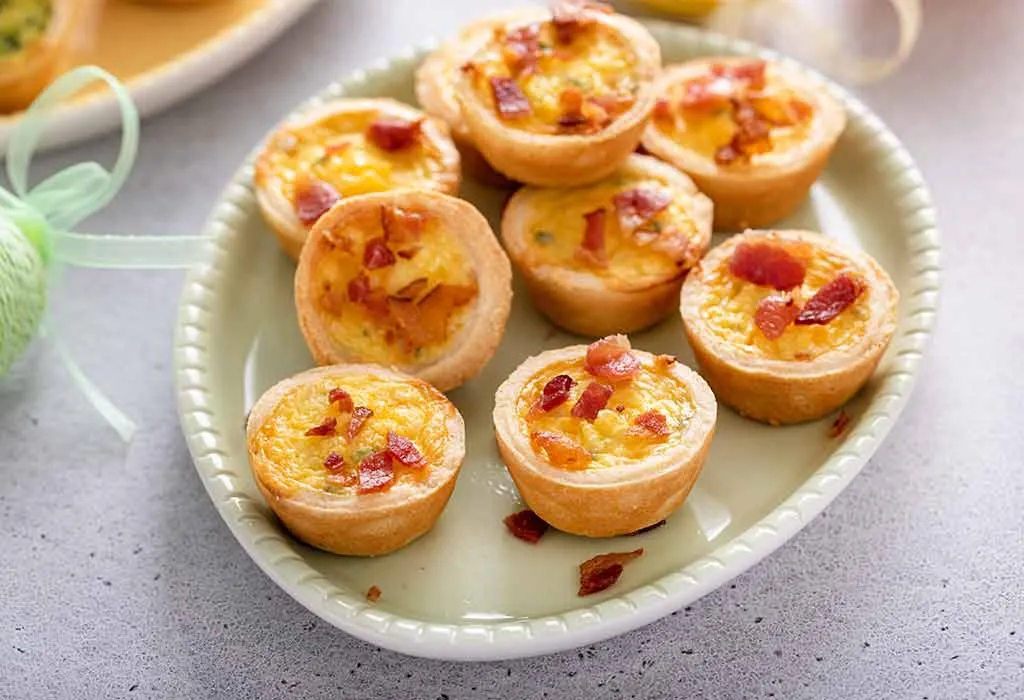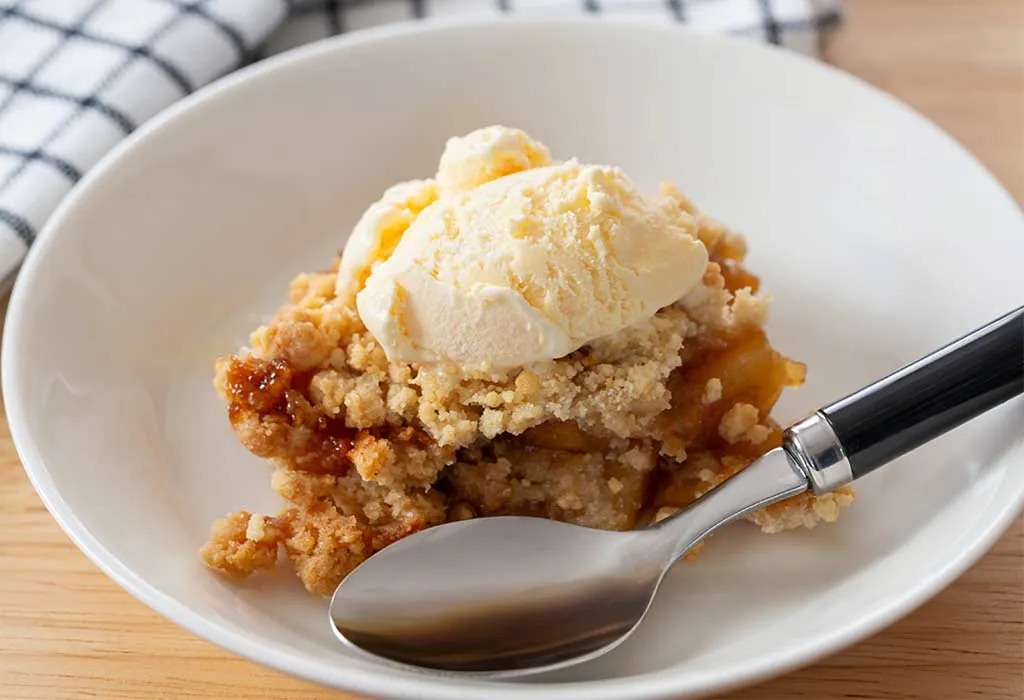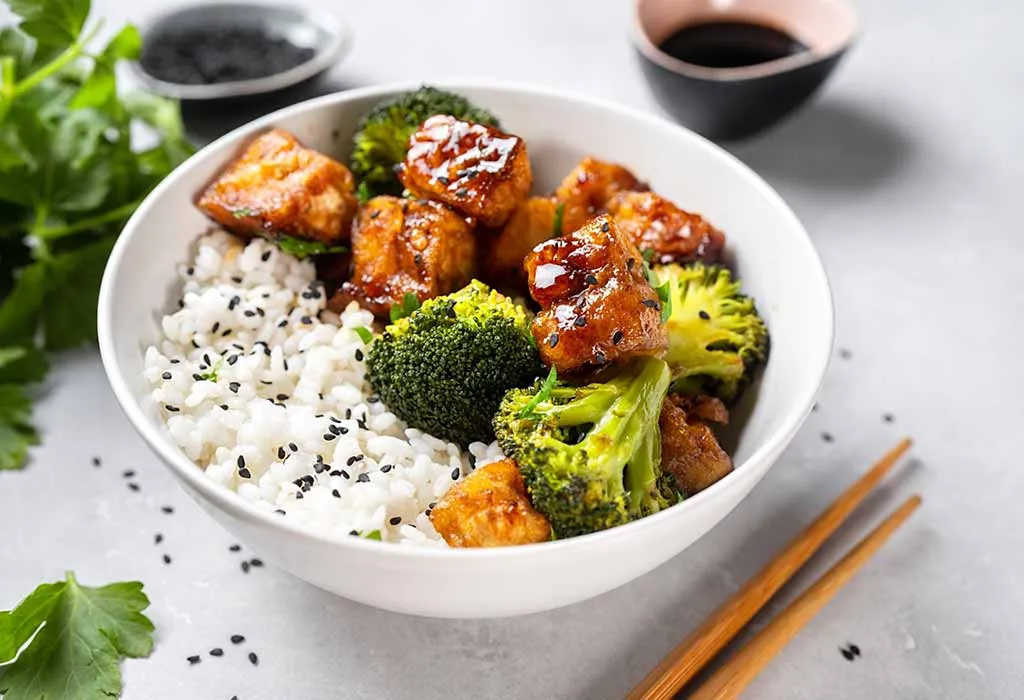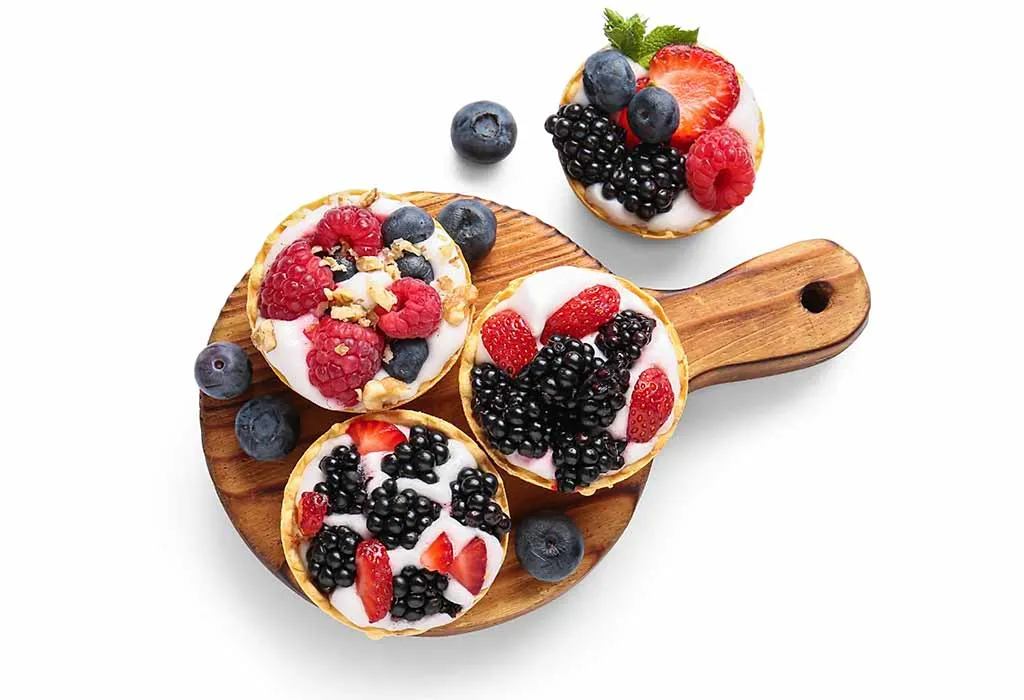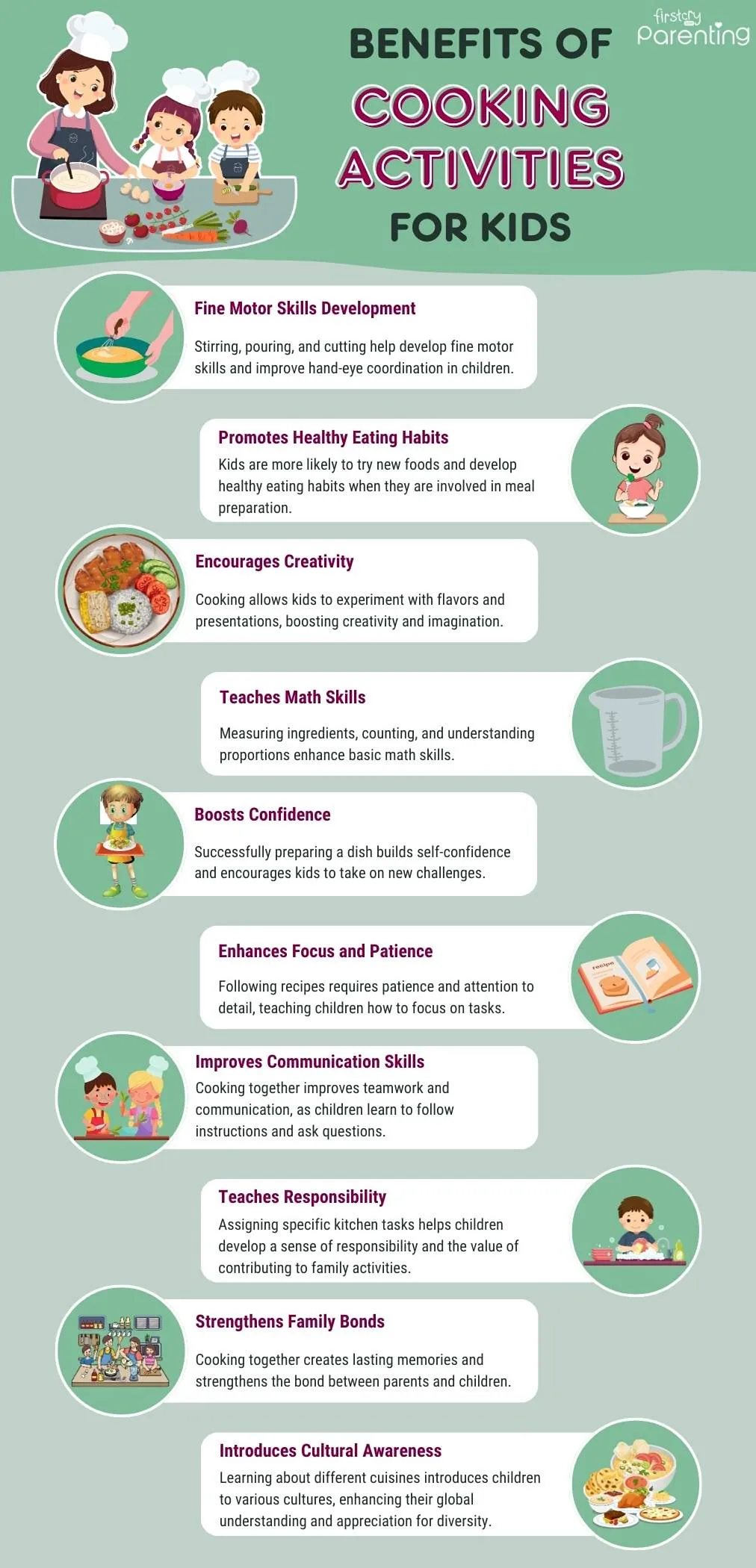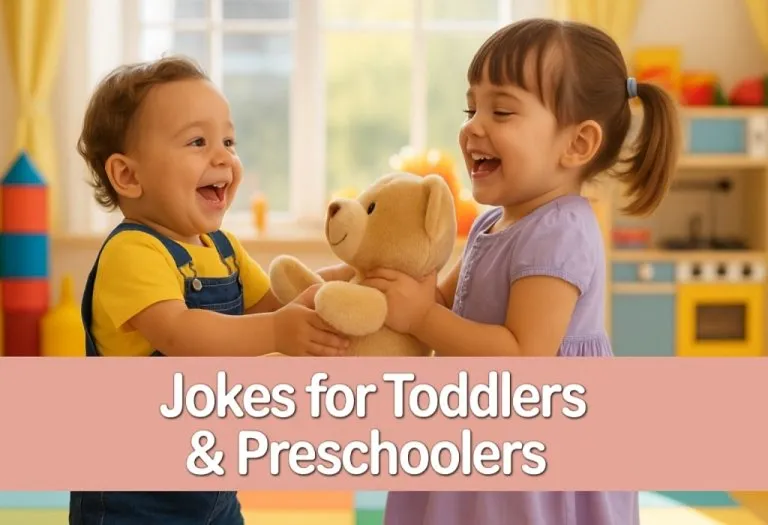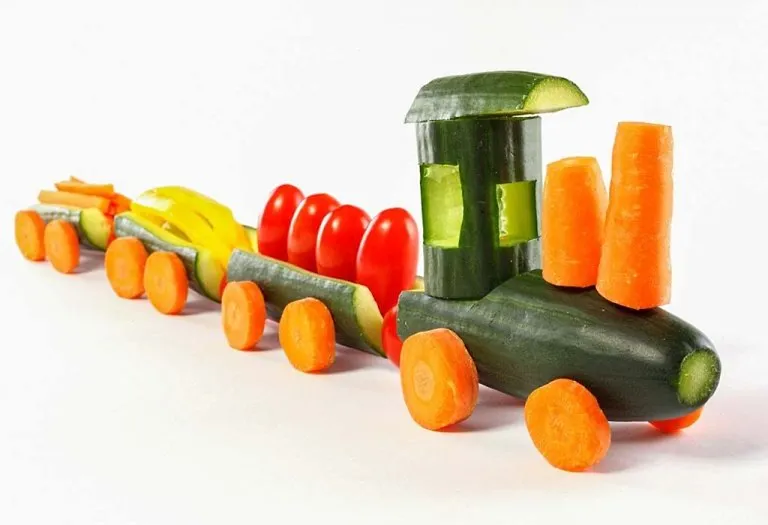Easy and Simple Cooking Activities for Preschoolers and Kids
Cooking is, no doubt, a delightful experience, especially when little hands join in the fun. Whether it’s mixing ingredients, decorating cookies, or simply setting the table, cooking activities offer a wonderful opportunity for preschoolers and kids to learn, grow, and bond with their families. These moments in the kitchen aren’t just about creating delicious meals; they’re about nurturing creativity, building confidence, and fostering a love for food from an early age. With a dash of patience and a sprinkle of encouragement, your child can embark on culinary explorations that are not only easy and simple but also incredibly rewarding. We have compiled the best and the most age-appropriate cooking activities for preschoolers and kids, which are designed to be educational, safe, and fun. Be it rainy days or regular weekends, these educational cooking activities can be enjoyed anytime and in any season!
Fun Cooking Activities for Preschoolers
These no-bake cooking activities for preschoolers are perfect for little hands, allowing them to explore textures, flavours, and simple techniques without needing an oven. Plus, these ideas are great for winter cooking activities when staying indoors, as they are cosy and warm.
1. No-Bake Banana Bites
What You Will Need
- Bananas
- Peanut butter or nut-free spread
- Mini chocolate chips
- Shredded coconut
How to Make
- Slice the bananas into bite-sized pieces.
- Spread a small amount of peanut butter or nut-free spread on top of each slice.
- Sprinkle mini chocolate chips and shredded coconut over the top.
- Let your preschooler enjoy assembling the pieces before tasting their delicious creation.
2. Winter Fruit Salad
What You Will Need
- Oranges
- Apples
- Pears
- Honey or yoghurt
- A sprinkle of cinnamon
How to Make
- Peel and slice the oranges, apples, and pears into small chunks.
- Place the fruit in a bowl and drizzle with honey or a dollop of yoghurt.
- Sprinkle a pinch of cinnamon on top for a wintery twist.
- Let your child mix the fruit salad, encouraging them to explore different textures and tastes.
3. Mini Pita Pizzas
What You Will Need
- Mini pitta bread
- Tomato sauce
- Grated cheese
- A variety of toppings (e.g., bell peppers, olives, pineapple)
How to Make
- Lay out the mini pita bread on a plate.
- Have your preschooler spread a spoonful of tomato sauce over each pita.
- Let them sprinkle grated cheese on top, followed by their favourite toppings.
- These can be served fresh or lightly toasted in the oven for a warm treat.
4. Cookie Decorating
What You Will Need
- Plain biscuits or cookies
- Icing sugar
- Food colouring
- Sprinkles, edible glitter, or small candies
How to Make
- Mix the icing sugar with a few drops of food colouring to create a colourful icing.
- Let your child spread the icing over the biscuits or cookies.
- Provide a variety of sprinkles, edible glitter, or small candies for decorating.
- Encourage them to be creative and design their own cookie masterpieces.
5. Yogurt Parfait
What You Will Need
- Plain or flavoured yoghurt
- Granola or crushed biscuits
- Fresh berries or dried fruit
- Honey or maple syrup
How to Make
- In a clear glass or bowl, let your preschooler layer yoghurt, granola or crushed biscuits, and fresh berries or dried fruit.
- Drizzle maple syrup or honey on the parfait layer for added sweetness.
- Allow them to repeat the layers until the glass is full.
- This preparation is perfect for teaching kids about layering and presentation while making a healthy snack.
Best Cooking Activities for Big Kids
As children grow, their interests and abilities in the kitchen also expand. These easy cooking activities for kids are designed to challenge their creativity while building their confidence in cooking. From simple baking to more intricate preparations, these activities offer big kids a chance to explore new skills and flavours.
1. Homemade Pizza
What You Will Need
- Pizza dough or pre-made pizza bases
- Tomato sauce
- Grated cheese
- Toppings of choice (pepperoni, mushrooms, bell peppers, etc.)
How to Make
- Roll out the pizza dough or prepare the pre-made bases on a baking tray.
- Spread a generous amount of pizza tomato sauce over the base.
- Sprinkle grated cheese on top, followed by your chosen toppings.
- Toss it in the oven and bake until the crust is golden and the cheese is melted.
2. Fruit Smoothie Bowls
What You Will Need
- Frozen berries
- Banana
- Greek yoghurt
- Toppings (granola, seeds, nuts, fresh fruit)
How to Make
- Blend the frozen berries, banana, and Greek yoghurt until smooth.
- Pour the mixture into a bowl.
- Let your child top it with granola, seeds, nuts, and fresh fruit.
- This nutritious activity allows kids to experiment with flavours and textures.
3. Rainbow Veggie Wraps
What You Will Need
- Tortilla wraps
- Hummus or cream cheese
- A variety of colourful vegetables (carrots, cucumbers, bell peppers, etc.)
How to Make
- Spread a layer of cream cheese or hummus on the tortilla wrap.
- Have your child layer the colourful vegetables in a rainbow pattern.
- Roll up the wrap tightly and slice it into smaller pieces.
- This activity is perfect for encouraging kids to eat more vegetables while being creative.
4. Chocolate Chip Muffins
What You Will Need
- Self-raising flour
- Sugar
- Eggs
- Milk
- Butter
- Chocolate chips
How to Make
- Mix the flour, sugar, eggs, milk, and melted butter in a bowl.
- Stir in the chocolate chips.
- Pour the mixture into muffin cases.
- Toss it in the oven and bake until the muffins are golden brown and cooked through.
5. Pancake Art
What You Will Need
- Pancake batter
- Squeeze bottles
- Food colouring
- Toppings (syrup, fruit, chocolate chips)
How to Make
- Divide the pancake batter into separate bowls and add different food colourings.
- Pour the coloured batter into squeeze bottles.
- Let your child create fun shapes and designs on a hot pan using the coloured batter.
- Cook the pancakes until they are golden and serve with toppings of choice.
6. DIY Sushi Rolls
What You Will Need
- Sushi rice
- Nori sheets
- Fillings (cucumber, avocado, smoked salmon, etc.)
- Soy sauce
How to Make
- Cook the sushi rice and let it cool.
- Place a nori sheet on a bamboo mat. Now, spread a thin layer of rice over it.
- Add the fillings in a line across the middle of the rice.
- Roll the nori sheet tightly using the bamboo mat and slice it into bite-sized pieces.
7. Mini Quiches
What You Will Need
- Puff pastry
- Eggs
- Milk or cream
- Cheese
- Fillings (ham, spinach, tomatoes, etc.)
How to Make
- Roll out the puff pastry and cut it into small circles to fit a muffin tin.
- Beat the eggs with milk or cream and pour the mixture into the pastry cases.
- Add cheese and your chosen fillings.
- Bake until the quiches are puffed up and appear golden brown.
8. Apple Crumble
What You Will Need
- Apples
- Sugar
- Cinnamon
- Flour
- Butter
- Oats
How to Make
- Peel and slice the apples and place them in a baking dish.
- Mix the sugar and cinnamon and sprinkle over the apples.
- In a separate bowl, mix flour, oats, and butter to form a crumbly texture.
- Sprinkle the crumble mixture over the apples and bake until golden brown.
9. Veggie Stir-Fry
What You Will Need
- A variety of vegetables (broccoli, bell peppers, carrots, etc.)
- Soy sauce
- Garlic
- Rice or noodles
How to Make
- Chop the vegetables into bite-sized pieces.
- Stir-fry the vegetables in a hot pan with garlic and soy sauce.
- Serve the stir-fry over cooked rice or noodles.
- This activity is great for teaching kids basic cooking techniques like chopping and stir-frying.
10. Berry Tartlets
What You Will Need
- Pre-made tart shells
- Fresh berries (strawberries, blueberries, raspberries)
- Custard or cream cheese
How to Make
- Fill the tart shells with custard or cream cheese.
- Arrange the fresh berries on top of the filling.
- Chill in the fridge for a few minutes before serving.
- These tartlets are a fun and easy way for kids to explore baking and presentation skills.
Guidelines for Cooking Activities for Kids
Cooking with kids is a productive experience, but it’s essential to prioritise safety and learning. Ensure these guidelines are in place while cooking with kids so they are away from any dangers and can explore their culinary skills with confidence.
- Always supervise children closely when they are in the kitchen, especially when using utensils or working near hot surfaces.
- Assign tasks that are suitable for your child’s age and skill level. For example, younger children can mix ingredients, while older kids can chop vegetables with a child-safe knife.
- Educate your child about the importance of hygiene and safety in the kitchen, such as washing hands before cooking, keeping sharp objects away, and not touching hot surfaces.
- Make sure children understand the importance of cleaning up as they go, washing their hands regularly, and keeping the workspace tidy.
- Use cooking activities as an opportunity to teach kids about measurements, following instructions, and the nutritional value of different foods.
- Cooking is not one-day learning, so be patient. Celebrate their successes and help them learn from their mistakes.
- Incorporate fun elements into cooking, like colourful ingredients or creative plating, to keep children engaged and excited about the activity.
- Begin with easy recipes that don’t require too many steps or complex techniques, gradually introducing more challenging dishes as their confidence grows.
- Let children be part of the planning process, from choosing recipes to deciding on ingredients, to make them feel more invested in the cooking experience.
- Use cooking activities to introduce kids to a variety of healthy foods, encouraging them to try new fruits, vegetables, and whole grains.
Benefits of Cooking Activities for Kids
Cooking with children offers numerous benefits for children, from building essential life skills to encouraging creativity. Below, we have listed some key advantages of involving kids in cooking activities.
1. Enhances Fine Motor Skills
Cooking requires actions like stirring, pouring, and cutting, which help develop fine motor skills and hand-eye coordination in children.
2. Promotes Healthy Eating Habits
When kids participate in preparing meals, they are more likely to try new foods and develop a preference for healthy eating options, including fruits and vegetables.
3. Encourages Creativity
Cooking allows children to experiment with different ingredients, flavours, and presentations, fostering their creativity and imagination.
4. Teaches Basic Math Skills
Measuring ingredients, counting, and understanding proportions are integral parts of cooking, helping children develop and reinforce basic math skills.
5. Boosts Confidence
Successfully preparing a dish gives children a sense of accomplishment, and children are encouraged to take on new challenges.
6. Enhances Focus and Patience
Following a recipe requires attention to detail and patience, helping children learn to focus on tasks and see them through to completion.
7. Improves Communication Skills
Cooking together encourages communication and teamwork as children learn to follow instructions, ask questions, and discuss the cooking process.
8. Provides a Sense of Responsibility
Assigning children specific tasks in the kitchen teaches them responsibility and the importance of contributing to family activities.
9. Strengthens Family Bonds
Cooking together is a wonderful way to spend quality time with family, creating lasting memories and strengthening bonds between parents and children.
10. Introduces Cultural Awareness
Through cooking, children can learn about different cultures and cuisines, broadening their understanding of the world and encouraging an appreciation for diversity.
Infographic
FAQs
1. What are some easy cooking activities for kids?
Some easy cooking activities for kids to start with include making sandwiches, decorating cookies, preparing fruit salads, and creating yoghurt parfaits. These activities are simple and fun, allowing kids to explore basic cooking skills.
2. How can I ensure my child’s safety while cooking?
To ensure your child’s safety while cooking, always supervise them closely, never leave them alone in the kitchen or with tools, assign age-appropriate tasks, and teach them about kitchen safety, such as handling sharp objects carefully and avoiding hot surfaces, before including them in cooking activities.
3. What are the benefits of cooking with preschoolers?
Cooking with preschoolers helps develop fine motor skills, encourages healthy eating habits, and boosts their confidence. It also provides a great opportunity for bonding and creative expression.
4. Can cooking activities help my child learn?
Yes, cooking activities can help children learn:
- basic math skills like learning about grams and ounces,
- improve their focus and patience, and
- teach them about different foods and cultures.
By involving your kids in the kitchen, you’re helping them build a strong foundation for lifelong learning. From learning about a simple no-bake treat to making a more intricate dish, children go through several stages of learning and tap their creativity corner sideways, which is truly rewarding in the future. Plus, they learn to be independent in their tasks. So, embrace the mess (it’s just for a while), enjoy the process, and watch your little chef blossom in the kitchen.
Was This Article Helpful?
Parenting is a huge responsibility, for you as a caregiver, but also for us as a parenting content platform. We understand that and take our responsibility of creating credible content seriously. FirstCry Parenting articles are written and published only after extensive research using factually sound references to deliver quality content that is accurate, validated by experts, and completely reliable. To understand how we go about creating content that is credible, read our editorial policy here.





